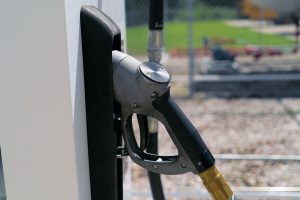Translating Percentage Reductions

In numerous environmental reports, blogs and studies will tout XX percent reduction in GHG, or XX percent reduction in NOx, or XX decrease in NMHC, etc.
What does that really mean?
To provide some perspective, I plugged those numbers in for a North American fleet that currently is deploying ROUSH CleanTech propane autogas vehicles —Frito-Lay. We are working on converting their fleet right now. Let’s say, for instance, they continue on their current adoption rate and covert 1,000 vehicles to propane autogas.
By switching to propane autogas, Frito-Lay will have reductions in the following categories compared to gasoline equivalents:
50 percent reduction in nitrogen oxide (aka: NOx)
25 percent reduction in particulate matter
25 percent reduction in greenhouse gases (aka: GHG)
15 percent reduction in non-methane hydrocarbons (aka: NMHC)
Sounds awesome, right?
It feels even better if we calculate those percentages into actual units of measure that we can all relate to. So, here are the basics of how that looks:
2.9 ton reduction of NOx (or 5,800 pounds)
4,500 ton reduction of GHGs (or 9,000,000 pounds)
0.6 ton of reduction NMHC (or 1,200 pounds)
To appreciate the environmental impact, it’s good to look at it in actual impact of total weight of air pollution.
So here’s some fuel for thought. This one decision by this one company (Frito-Lay) will remove the equivalent of more than nine million pounds of let’s just call it “dirty stuff” out of the air. And to put that number in perspective, that’s the equivalent weight of 325 Blue Bird school buses!
Next time you take a deep breath of that fresher air, thank Frito Lay for its quality.













